Australia is home to some of the most beautiful birds in the world. Sadly, many are struggling to survive due to human-caused threats. These include habitat destruction, the introduction of predators, capture for the pet trade, and the spread of infectious diseases. This post looks at five particularly vulnerable species.
Gouldian Finch
2020 Update: Gouldian numbers are improving!
Despite hundreds of thousands being kept in captivity, the number of Gouldian finches in the wild has been shrinking steadily for decades. Some estimate that there are as few as 2,500 mature individuals remaining. Habitat destruction caused by wildfires, parasitic air-sac mites, predation, and disease are all cited as contributing causes of their decline.
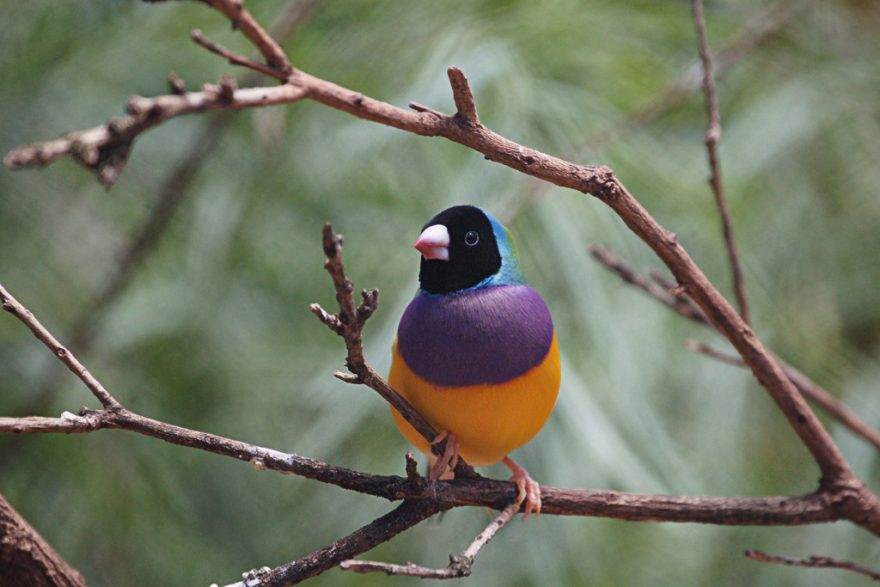
The Save The Gouldian Fund has been working for ten years to rescue the species. Their efforts include a captive breed and release program, and the installation of artificial nesting holes throughout the bird’s natural range.
Orange-bellied Parrot
There are estimated to be fewer than 50 Orange-bellied parrots remaining in the wild. The deadly beak and feather disease, loss of habitat, and the challenging Bass Strait migration they undertake each year has led to rapid decline, despite ongoing efforts to save the species.
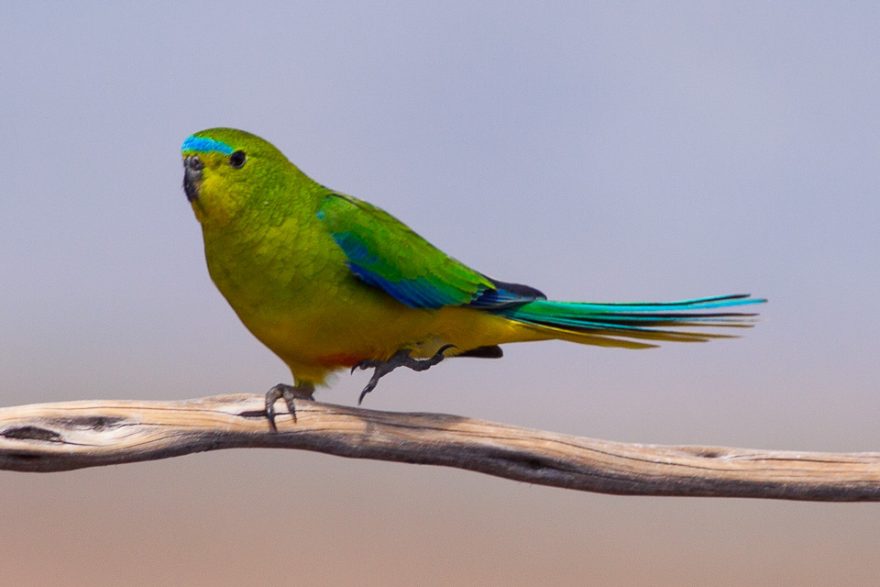
An “insurance population” of roughly 500 birds—including some captured from the wild for genetic diversity—is being established in Australia’s various zoos, with the intention of eventually re-releasing birds into the wild.
Swift Parrot
Swift parrots are an endangered parrot species found in Tasmania and other nearby islands. Their numbers have dwindled to an estimated 1,000 breeding pairs due to predation by sugar gliders, which are an introduced pest that attack and kill swift parrots while they’re in their nesting hollows. Habitat destruction caused by deforestation have also contributed.
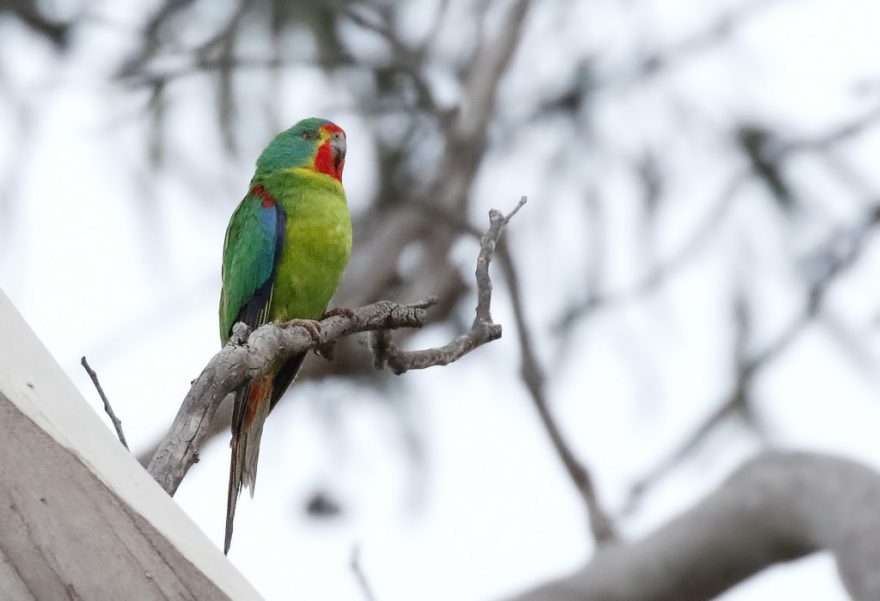
Bruny and Maria Islands—located just off the coast of Tasmania—are currently free of sugar gliders, so are the main focus of swift parrot conservation efforts. Interestingly, the islands are also home to the world’s largest population of endangered forty-spotted pardalotes.
Mallee Emu-Wren
Bushfires decimated the Mallee Emu-wren’s habitat in 2014, leaving its entire population concentrated in the north-west of Victoria, Australia. The species is now the subject of a “rescue plan” to increase their numbers and preserve their habitats.
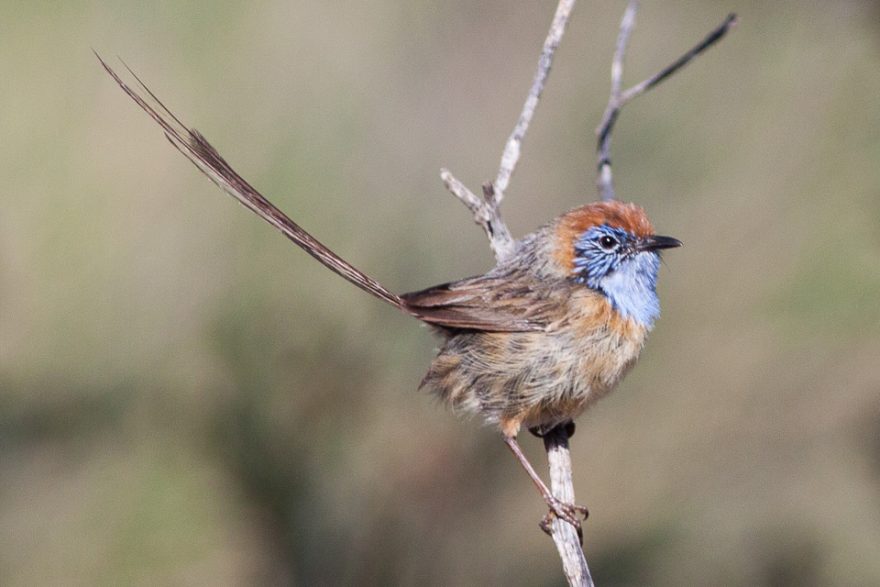
The Victorian and South Australian government–in cooperation with several zoos and not-for-profits–have devised a breeding program in an attempt to save the endangered bird. There is also an effort among private aviculturists to contribute their knowledge and aviary-space to preserving this wonderful little bird.
Night Parrot
The night parrot is one of the most rare and reclusive species in the world. It wasn’t seen at all between 1912 and 1979, leading some to speculate that it had gone extinct. Sighting were occasionally reported in the decades following 1979, but it wasn’t until 2013 that a specimen was caught on camera. A live bird was caught and tagged in 2015 and several others were spotted in South Australia, Queensland, and Western Australia in the following years.
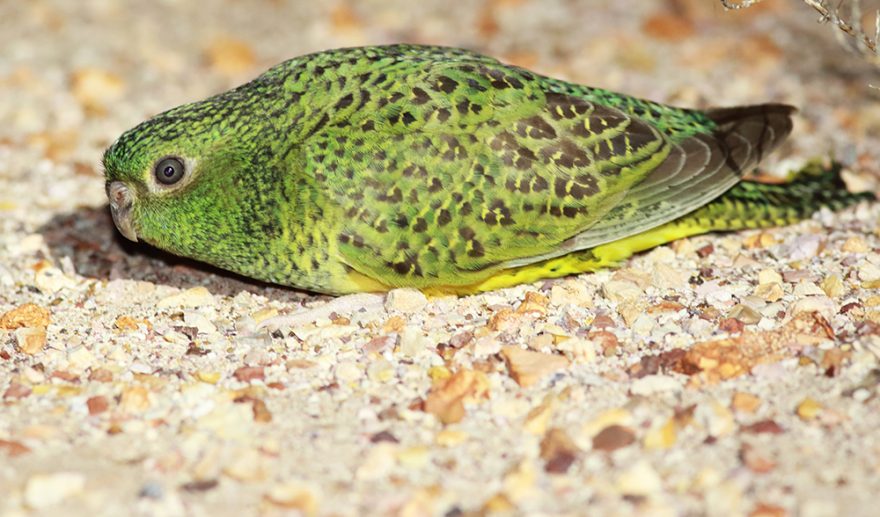
The total population size of the night parrot is unknown, however a conservation program has been put in place to assist the species. A 56,000 hectare reserve has been created Queensland, surrounding the area where the specimen was caught in 2015.
For more information about endangered bird species and the conservation project in place to protect them, check out BirdLife Australia.